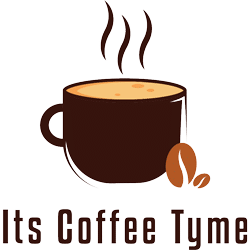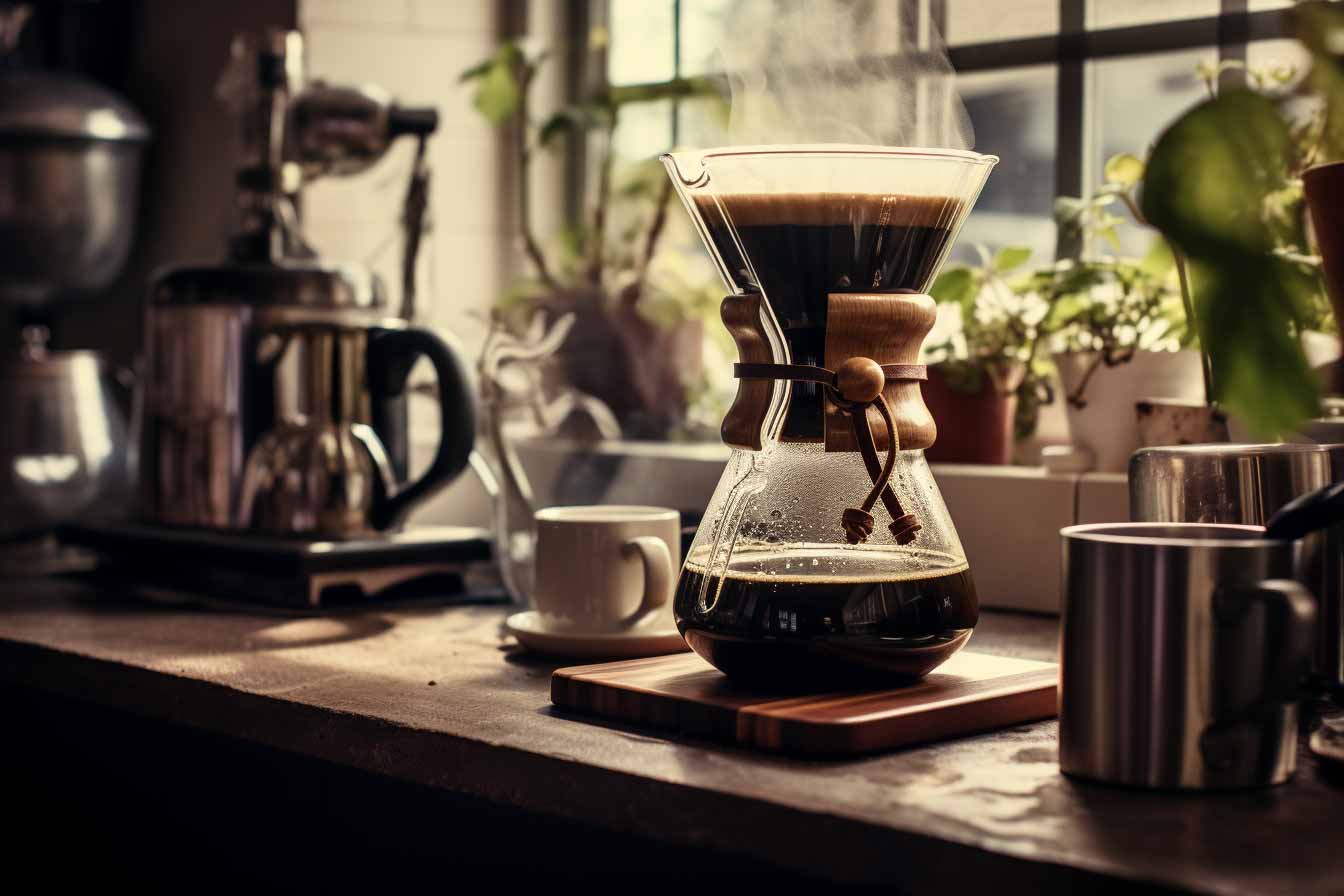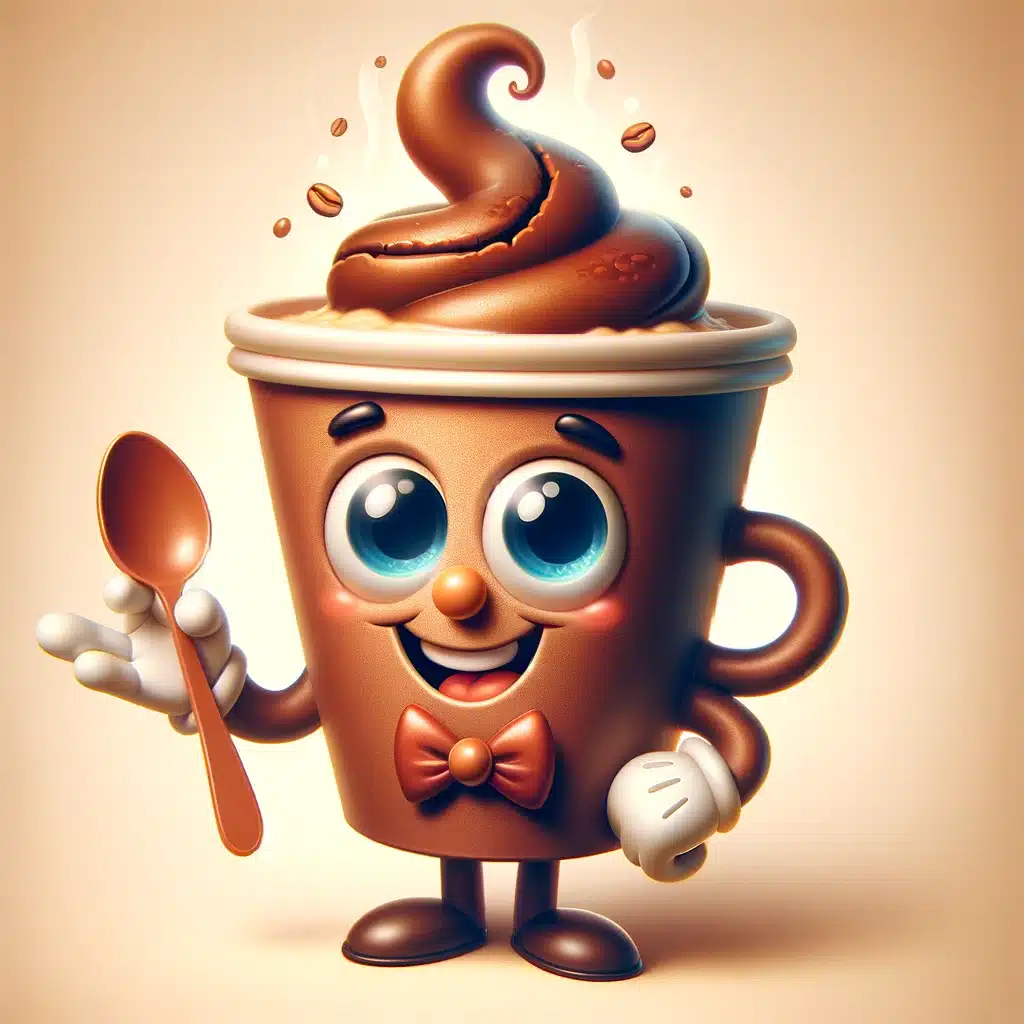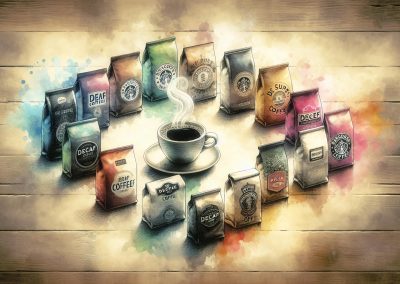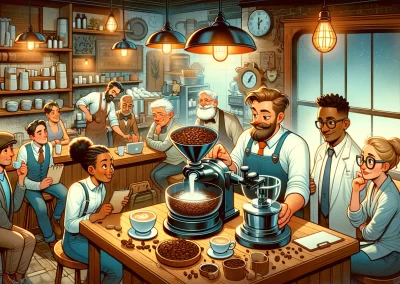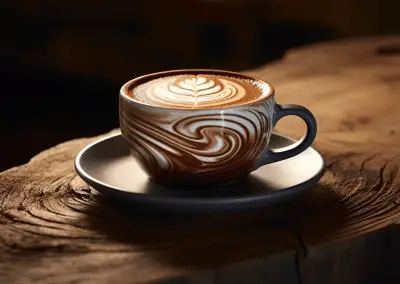Coffee lovers know that the brewing method can significantly affect the taste and quality of their cup of joe. Different brewing methods can produce different results, from bold and strong to light and delicate. In this article, we will compare and contrast four popular brewing methods: drip coffee, French press, pour-over, and espresso.
Drip coffee is one of the most common brewing methods. It involves pouring hot water over coffee grounds in a filter, and the coffee drips into a carafe below. This method is easy and convenient, and it produces a consistent cup of coffee. French press, on the other hand, involves steeping coffee grounds in hot water and then pressing them down with a plunger. This method produces a rich and full-bodied cup of coffee.
Pour-over is a manual brewing method that involves pouring hot water over coffee grounds in a cone-shaped filter. This method allows for precise control over the brewing process and can produce a clean and flavorful cup of coffee. Finally, espresso is a concentrated coffee that is made by forcing hot water through finely ground coffee beans under high pressure. This method produces a strong and bold cup of coffee that is often used as a base for other coffee drinks.
Drip Coffee
Drip coffee is one of the most popular brewing methods in the world. It involves hot water being poured over ground coffee beans, which are held in a paper or metal filter. The water then passes through the filter and into a carafe or mug, producing a rich and flavorful cup of coffee.
Brewing Method
Drip coffee is a filter brewing method, meaning that the coffee is brewed using a filter to separate the coffee grounds from the brewed coffee. The filter helps to remove any unwanted particles from the coffee, resulting in a smoother and cleaner cup of coffee.
Coffee Maker
To make drip coffee, you will need a drip coffee maker. These machines come in a variety of sizes and styles, from simple one-cup brewers to large, commercial-grade machines. Most drip coffee makers have a water reservoir that heats the water to the perfect temperature for brewing coffee.
Hot Water
Hot water is an essential component of drip coffee brewing. The water should be heated to between 195°F and 205°F, which is just below boiling. This temperature range ensures that the coffee is brewed properly and that the flavor is fully extracted from the beans.
Brewing Time
The brewing time for drip coffee can vary depending on the machine and the amount of coffee being brewed. Generally, it takes between 5 and 10 minutes for a full pot of coffee to brew. However, some machines have a faster brewing time, while others may take longer.
Filtered
Drip coffee is a filtered brewing method, which means that the coffee is brewed through a filter. The filter removes any unwanted particles from the coffee, resulting in a smoother and cleaner cup of coffee. Paper filters are the most common type of filter used in drip coffee makers, but some machines use metal filters instead.
In conclusion, drip coffee is a popular and easy-to-use brewing method that produces a rich and flavorful cup of coffee. By using a filter to remove unwanted particles from the coffee, drip coffee produces a smooth and clean cup of coffee that is perfect for any time of day.
French Press
French press coffee makers, also known as press pots, plunger pots, or cafetières, are a popular brewing method for those who prefer a full-bodied, textured coffee with a rich flavor profile. This brewing method is an immersion technique, which means that the coffee grounds are steeped in hot water for a certain period of time before being filtered out.
French press coffee makers consist of a cylindrical glass or stainless steel container with a plunger and a metal or nylon mesh filter. To brew coffee using a French press, the user adds coffee grounds to the container, pours hot water over the grounds, and then allows the mixture to steep for several minutes. Once the brewing time is complete, the plunger is pressed down, separating the coffee grounds from the liquid.
One of the benefits of using a French press is the brewing time. Unlike drip coffee or pour-over methods, which require constant attention to ensure the water is flowing through the grounds at the correct rate, French press coffee can be left to steep for several minutes without any intervention. This makes it a convenient option for those who want to prepare coffee quickly and easily.
The immersion technique used in French press brewing also results in a full-bodied brew with a rich texture. The metal or nylon mesh filter allows the coffee oils to pass through, which contributes to the flavor and mouthfeel of the final product. However, some users may find that the sediment at the bottom of the cup can be undesirable.
Overall, French press brewing is a great option for those who enjoy a full-bodied, textured coffee with a rich flavor profile. While it may not be the most precise brewing method, it is convenient and easy to use, making it a popular choice for coffee lovers around the world.
Pour-over
Pour-over is a manual brewing method that produces a clean and bright cup of coffee. It involves pouring hot water over freshly ground coffee beans that are held in a filter. The water slowly drips through the coffee and filter, extracting the flavors and aromas of the coffee.
Equipment
To make pour-over coffee, you will need a few pieces of equipment:
- Pour-over device (such as the Hario V60 or Kalita Wave)
- Paper filter
- Coffee grinder
- Kettle
- Scale
Brewing Process
- Boil water to the desired temperature (around 200°F).
- Grind coffee beans to a medium-fine consistency.
- Place the filter in the pour-over device and wet it with hot water.
- Add the ground coffee to the filter.
- Pour a small amount of water over the coffee to wet the grounds, then wait for 30 seconds to allow the coffee to bloom.
- Slowly pour the rest of the water over the coffee in a circular motion.
- Wait for the coffee to finish dripping through the filter.
- Discard the used filter and grounds.
Consistency
Pour-over coffee requires a bit of practice to get the right consistency. The water flow rate, grind size, and pour technique can all affect the final cup. However, once you find the right combination, pour-over coffee can consistently produce a delicious cup of coffee.
Conclusion
Pour-over coffee is a great choice for coffee lovers who appreciate the process of brewing coffee by hand. With the right equipment and technique, pour-over coffee can produce a clean and bright cup of coffee with unique flavors and aromas.
Espresso
Espresso is a concentrated form of coffee that is brewed by forcing hot water through finely ground coffee beans at high pressure. The resulting shot of espresso is typically served in small portions, ranging from one to two ounces.
Espresso makers use pressure to extract the coffee’s flavor and aroma. The pressure used in espresso machines is typically between 8 and 10 bars, which is much higher than the pressure used in other brewing methods. This high pressure results in a rich, full-bodied coffee with a thick layer of crema on top.
The grind size of the coffee beans used for espresso is crucial to the brewing process. The beans must be ground very finely, almost to a powder-like consistency, to ensure that the water can pass through the coffee grounds under high pressure.
Extraction time is another critical factor in producing a perfect shot of espresso. The ideal extraction time is between 20 and 30 seconds, during which the water should pass through the coffee grounds at a steady rate. If the extraction time is too short, the coffee will be weak and watery, while an extraction time that is too long will result in a bitter and over-extracted shot.
Stovetop espresso makers, also known as Moka pots, are a popular alternative to traditional espresso machines. These devices use pressure to brew coffee on a stovetop, producing a similar flavor profile to espresso. However, the pressure used in stovetop espresso makers is much lower than in traditional espresso machines, resulting in a less concentrated coffee.
Overall, espresso is a unique and flavorful brewing method that requires precise attention to detail to produce a perfect shot.
Other Brewing Methods
In addition to the popular brewing methods mentioned above, there are several other brewing methods that coffee aficionados may enjoy. Let’s take a look at some of them:
Cold Brew
Cold brew is a method of brewing coffee that involves steeping coffee grounds in cold water for an extended period, usually 12 to 24 hours. The result is a smooth, low-acid coffee concentrate that can be diluted with water or milk. Cold brew is a great option for those who prefer a less acidic coffee or who want to enjoy a refreshing iced coffee.
Moka Pot
The moka pot, also known as a stovetop espresso maker, is a popular brewing method in Italy. It works by using steam pressure to brew coffee, resulting in a strong, concentrated coffee that is similar to espresso. Moka pots are affordable and easy to use, making them a great option for home brewing.
Aeropress
The aeropress is a relatively new brewing method that has gained popularity in recent years. It works by using air pressure to extract the coffee flavors, resulting in a clean and flavorful cup of coffee. The aeropress is portable and easy to use, making it a popular option for coffee lovers on the go.
Turkish Coffee
Turkish coffee is a traditional brewing method that has been around for centuries. It involves boiling finely ground coffee beans with water and sugar in a special pot called a cezve. The result is a thick, strong coffee that is typically served in small cups. Turkish coffee is a great option for those who enjoy a strong, flavorful coffee.
Siphon
The siphon, also known as a vacuum pot, is a unique brewing method that uses a combination of heat and vacuum pressure to brew coffee. It involves a two-chambered glass vessel that is heated over a flame. As the water in the bottom chamber heats up, it is forced into the top chamber, where it mixes with the coffee grounds. The result is a clean and flavorful cup of coffee that is sure to impress.
Cowboy Coffee
Cowboy coffee is a simple and rustic brewing method that is popular among campers and outdoor enthusiasts. It involves boiling coffee grounds in a pot of water over an open flame. Once the coffee is brewed, the grounds are allowed to settle to the bottom of the pot before the coffee is poured. Cowboy coffee is a great option for those who enjoy a strong and hearty cup of coffee.
Brewing Machines
Brewing machines, such as Keurig and Nespresso, have become increasingly popular in recent years. These machines use pre-packaged coffee pods or capsules to brew coffee quickly and easily. While they may not offer the same level of control and customization as other brewing methods, they are a convenient option for those who want a quick and easy cup of coffee.
Factors to Consider
When choosing a brewing method, there are several factors to consider to ensure that you get the best cup of coffee possible. Here are some key factors to keep in mind:
Taste
The taste of your coffee is one of the most important factors to consider when choosing a brewing method. Each brewing method will produce a slightly different taste, so it’s important to choose a method that suits your taste preferences. For example, drip coffee tends to be smoother and less acidic, while French press coffee is bolder and richer.
Coffee Beans
The type of coffee beans you use can also affect the taste of your coffee. Different beans have different flavor profiles, so it’s important to choose beans that complement your chosen brewing method. For example, if you’re using a French press, you may want to choose beans with a bold, rich flavor.
Grind
The grind of your coffee beans is another important factor to consider. Different brewing methods require different grind sizes, so it’s important to choose the right grind for your chosen method. For example, drip coffee requires a medium grind, while French press coffee requires a coarse grind.
Caffeine Content
If you’re looking for a high-caffeine cup of coffee, you may want to choose a brewing method that produces a stronger cup. Espresso, for example, has a higher caffeine content than drip coffee.
Ease of Use
Some brewing methods are easier to use than others. If you’re new to coffee brewing, you may want to choose a method that is simple and straightforward, such as drip coffee. On the other hand, if you’re an experienced coffee lover, you may want to experiment with more complex methods, such as pour-over.
Price
The cost of your chosen brewing method is also an important factor to consider. Some methods, such as drip coffee, are relatively inexpensive, while others, such as espresso, can be quite pricey.
Experimentation
If you enjoy experimenting with different flavors and brewing techniques, you may want to choose a method that allows for more experimentation, such as pour-over. This method allows you to control the temperature and flow rate of the water, which can produce a wide range of flavors.
Roast Level
The roast level of your coffee beans can also affect the taste of your coffee. Lighter roasts tend to be more acidic and fruity, while darker roasts tend to be bolder and richer.
Antioxidants and Chlorogenic Acid
Coffee is a rich source of antioxidants and chlorogenic acid, which have been linked to a range of health benefits. If you’re looking to maximize the health benefits of your coffee, you may want to choose a brewing method that preserves these compounds, such as drip coffee.
Specialty Coffee
If you’re a fan of specialty coffee, you may want to choose a brewing method that allows you to fully appreciate the unique flavors and aromas of your beans. Methods such as pour-over and French press can help bring out the subtle nuances of specialty coffee.
